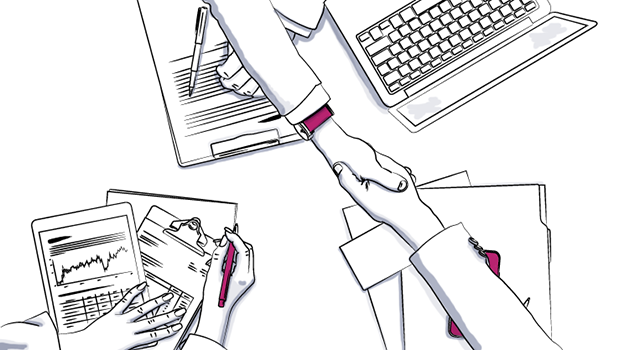
Monday Motivation: Event Planning Email Outreach Templates & Tips That Actually Work
Ready to use email to stack your event planning roster with awesome clients who have even more awesome budgets? These tips and examples for experienced event planners should give you greater insight into building relationships, winning contracts, and networking online.
20 Event Planning Email Best Practice Tips
Use these strategies for maximizing open and response rates on the first try and keeping your event planning business email address from getting labeled as spam.
Quick tip before we get started: notice how we said email address, not account? Even if you took your event planning business name to another provider you’d still have issues getting a message through to your normal, everyday contacts and – heaven forbid – your existing clients. But as long as you take the precautions listed here you’ll be fine.
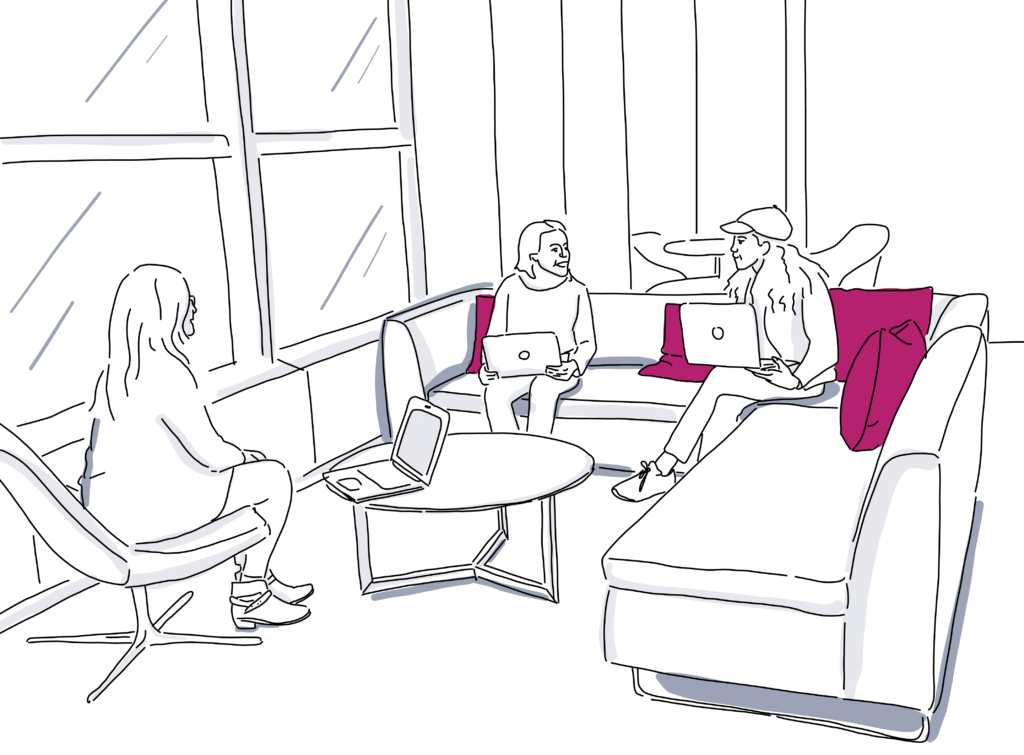
1. Warm up your account by creating totally unique messages for the first 10-20 emails.
If you don’t, you run the risk of getting your email account flagged for spam. However, you can still save time by using a template for each one. Just make sure each sentence you write within the template is entirely unique to the recipient and that you vary the time of day you send each one.
2. Avoid the spam filter by slowly building up the amount of outgoing emails you send over time.
Accounts with unusual behavior (like sending out dozens of emails every day at the same time) get shut down pretty quickly. Keep your email provider happy is to start out sending only one or two emails per day, every day. Increase it by two or three messages per day every other week until you’ve reached your goal.
3. Always include a link to your digital calendar so prospects can book a direct appointment with you.
If you don’t have one you already love, try any of these highly rated appointment scheduling apps.
4. Email subject lines should always be conversational and less than 10 words.
The quality of your subject line determines whether your email gets opened or trashed. Short, sweet, and personal ones help reassure the reader that you’re a person and not a computer program.
5. Use email prospecting tools to avoid having too many bounce backs.
If you send a lot of emails that bounce back (for whatever reason), it could also get your email address banned. So run each contact through an app like VoilaNorbert or Hunter.io before you hit send. They may even suggest another address that’s more up to date.
6. Don’t get hung up on what time of day to send email – focus on being consistent instead.
Yes, you might have better luck reaching someone and getting a response if you email them Tuesday morning or Wednesday afternoon. But the data surrounding these claims doesn’t account for the scheduling habits of individual professions, variations by industry, or the average age range of the recipient. So just make outreach a habit, no matter when you have to do it.
7. Plan to follow up at least once for every message you send.
And, if you’re feeling extra ambitious, a drip campaign would be even better.
8. Use three sentences or less in your official introductory email.
This is especially true if you’re trying to contact busy corporate clients who might just skim the message. If you suspect they might be in a rush, make sure you bold the title event planner and the CTA to help make it stand out.
9. Add a professional email signature with your business details and portfolio link.
Wisestamp offers a free version that looks great and can be customized. Include your picture, email address, phone number, and a link to your website.
10. For your CTA, ask recipients to set up an exploratory meeting.
The point of your email should be to get their attention, see if they need you, and (assuming they do) get to the next step sooner than later.
11. Mirror the tone and style of each recipient’s company website copy in your own message.
It’s a popular sales technique that helps the person you’re speaking with relate to you because it feels like you’re literally speaking the language.
12. Aim to create a dialogue, not a sales pitch.
The best way to do that is to start with a single sentence intro (who you are, what you do, why you thought to connect) and follow it up with a specific question. For example, asking them if they need someone to plan their events is too general but asking if they need an experienced event planner to create a strategy for next year’s annual roadshow proves that you’re interested in more than just hustling up new business anywhere you can find it.
13. Make sure the text sounds conversational and true to life.
Now is not the time to be overly formal or polite. If you walked up this person in their office, what would you say to them? Use that to determine how to write the body of the message.
14. Set up Google Alerts to keep up with the people you’ve emailed.
Even if you don’t get a response right away, you can build relationships over time by congratulating them on promotions, new investment funds, or upcoming product launches as soon as they’re announced.
15. If you’re going to send a link, make sure it’s embedded.
It looks more professional and it less likely to be flagged.
16. Skip mail merge and manually type names or details into your message.
Messed up formatting leaves a bad taste in everyone’s mouths. Don’t risk burning a potential event planning client lead just because you didn’t have time to type Sarah.
17. Make sure what you’re offering is actually relevant to the company or individual.
Take five minutes to review the company’s event calendar for the year. Or, if you’re focused on private events, check out their social media ahead of time to put a face to the name.
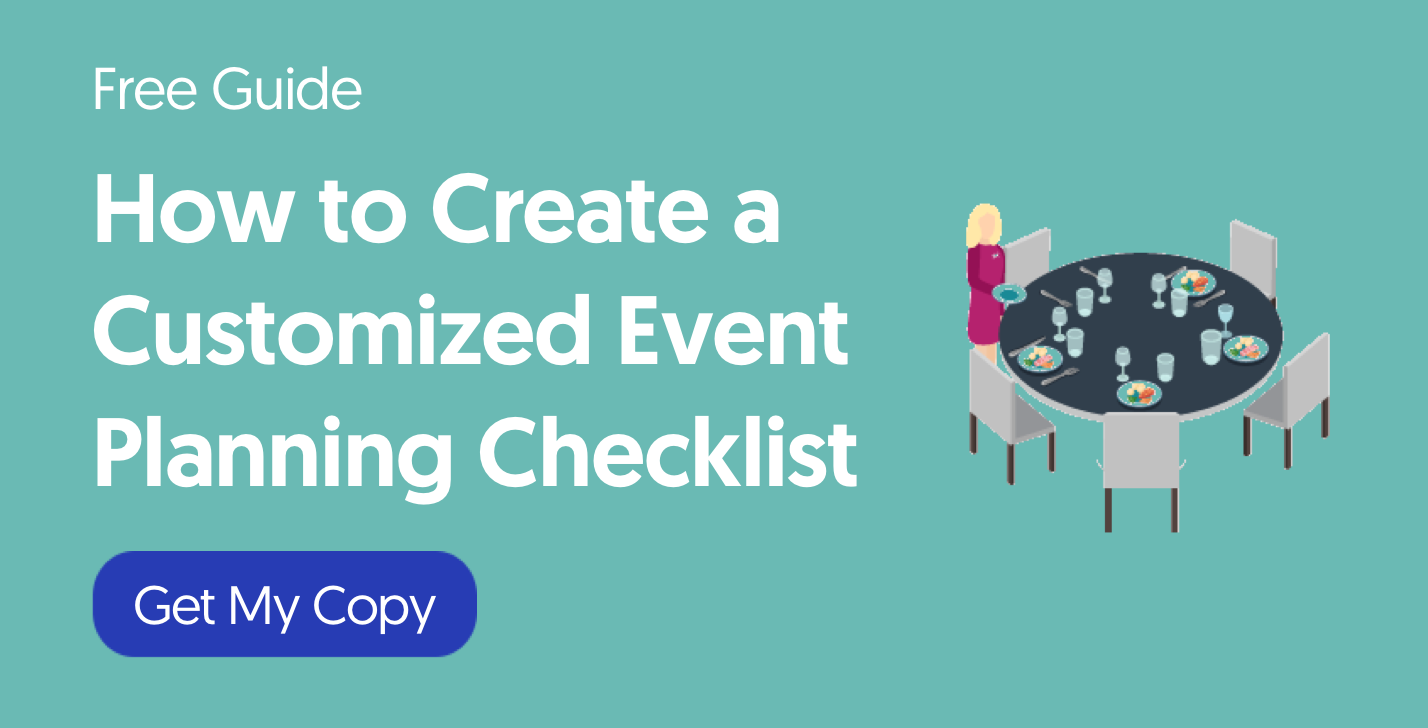
18. Create a personalized landing page pitch for every recipient.
This can serve as your embedded link. The landing page makes it easy to track how effective your emails are and provide additional details that are tailored to their needs.
19. Use email analytics software to track click through rates for subject lines and links.
These killer email tracking tools for event planners will help you improve your strategy right away.
20. Sprinkle in some industry specific knowledge that shows your prospect you really understand their business.
Reference their top competitor, a popular event for their industry, a blog or social media post they recently published, or a niche influencer you both follow on LinkedIn to give your message an even more personal feel to it.
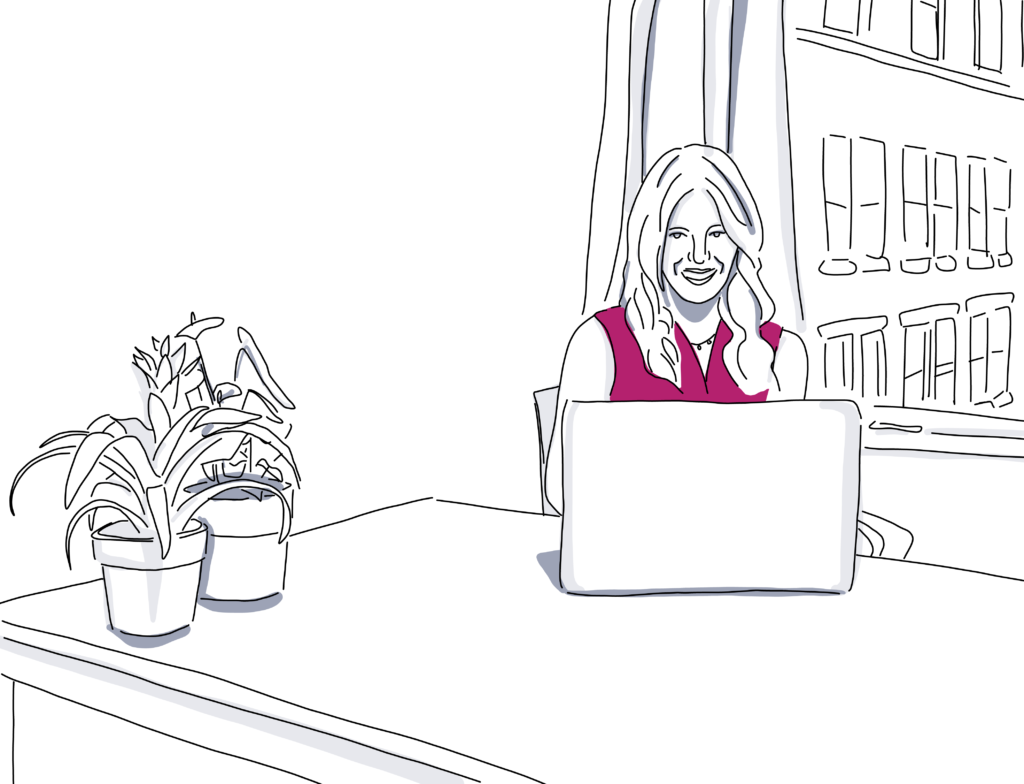
5 Specific Email Templates and How to Use Them
Your approach should always be based on the relationship you have with the recipient. But no matter how well you know each other (if at all) there are plenty of ways to land their business.
1. You’ve never met this person and they have no idea who you are
Hi [First Name],
My name is [Your Name], I’m an experienced event planner who specializes in [event type or event niche most relevant to recipient]. I [looked at your website/saw your speech from this conference/some other way you peripherally know them] – do you or [Brand Name, if applicable] need any help planning [event type] soon?
If yes, please follow this link to schedule a quick 5 minute phone call with me this week or next to continue the conversation.
Thanks so much,
[Your Name]
Why It Works:
It explains who you are, what you do, how you know them (even without really knowing them), why you’re emailing them specifically, and what next steps are needed to get the ball rolling.
Things To Consider:
- If you have a personal connection to the brand (you’ve used their product, their viral video made your day, you like their style), use that as your how you know them.
- If you’re messaging a private event client, focus on who referred you and specifically why you love them (maybe they’re your neighbor you love waving hello to or a friend who bakes the best banana muffins) to bond you two together right out the gate.
2. You’ve met in passing at a professional event
Hey [First Name],
Not sure if you remember me from [Event] but I’m [First Name], the owner of [Event Planning Company Name]. You mentioned [refer to conversation] – do you still need any help with this?
If so, I’d love to connect soon. Use the link in my signature to schedule a time that works best for you.
Cheers,
[Your Name]
Why It Works:
Referring to a specific piece of information about your last encounter will help them remember you. And even if they don’t, it’s still a good way to prove you actually did meet them and aren’t trying any sneaky tactics on them.
Things to Consider:
- Make sure the photo in your email signature and account profile are up to date so that you’re recognizable. Unless you’ve majorly changed your appearance since you first met. In which case, make sure you’re using a photo that looks like the you they initially shook hands with.
- If your first conversation was more about personal lives than professional ones, go ahead and still follow up about their kid’s soccer game or their recent pet adoption. Then let them know you’re contacting them about event planning services.
3. You’ve been admiring their work from afar
Hello [First Name],
I’m a big fan of your work for [Company Name]. I love the [things you love] and how you [specific detail about their work that proves you actually know it and – if you can work it in – show off a bit of industry knowledge].
Are you looking for an experienced event planner to join the team soon? If so, I’d love the opportunity to collaborate! Please let me know either way.
Thanks for your time,
[Your First Name]
Why It Works:
Empty flattery is socially frowned upon but a laser focused compliment backed up with a demonstration of your advanced knowledge in this specific niche is pro level cold email mastery.
Things to Consider:
- This template is best for people who make the hiring decisions for the marketing or events department.
- Only use this approach if you really mean what you’re saying.
4. You have someone in common
Hey [First Name],
I’m a [close friend/coworker/type of relationship] of [person’s name]. They mentioned you were looking for an experienced event planner for your upcoming [event type] and said we should connect. If you’re interested, please feel free to schedule a quick phone call with me here .
Thanks either way,
[Your First Name]
Why It Works:
Word of mouth referrals are the number one most lucrative resource for freelancers, so this simple approach has a high likelihood of succeeding. Starting off with how you two are connected sets the tone and, because it will show up in their email preview, prevent your message from being trashed if they don’t recognize the address.
Things to Consider:
- You can also reference mutual connections on sites like LinkedIn or Facebook.
- Even if you don’t have a single person in common (in the physical or digital realms), pull from shared interests, hobbies, or hometowns – pretty much anything you might have in common will do.
5. You’ve actually worked with them before but it’s been awhile
Hi [First Name],
Remember me from [how you know each other]? I hope you’ve been well the past [time frame since you last spoke]. Now that I have more experience as an event planner, I’m looking to expand my portfolio and find ways to help people I like achieve their marketing/sales goals.
If you have any upcoming events I can assist you with (or even if you just want to catch up), I’d love to meet for coffee or talk on the phone sometime this week or next!
Chat soon,
[First Name]
Why It Works:
This template keeps the reader focused on the relationship by balancing personal topics with professional ones.
Things to Consider:
- Approach this communication from the mindset of how you can best serve this person and you can’t go wrong.
- Reaching out to someone you’ve lost touch with can feel a little nerve wracking but they might be genuinely surprised and delighted to hear from you, so it’s definitely worth a try.
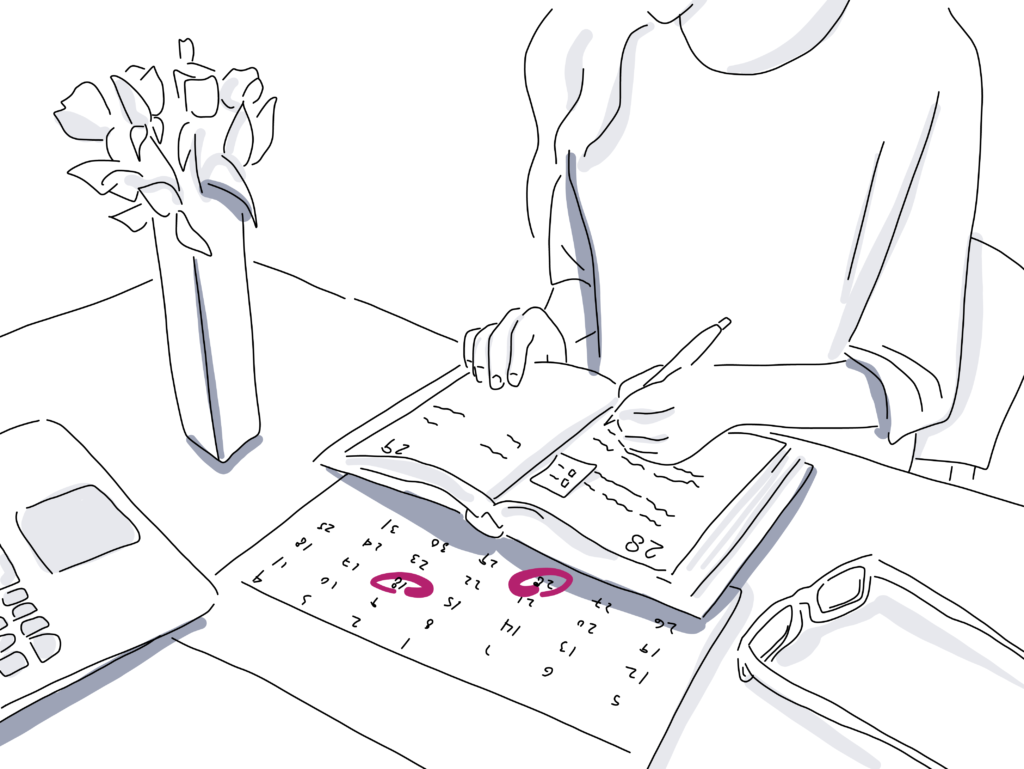
You’ve mastered the art of email outreach for event planners!
If you’re still figuring out if it’s time to diversify and grow your event planning business, make sure to keep collecting referrals as you go and maybe even dip your toes into some strategic partnership marketing tactics while you decide what to do next.

